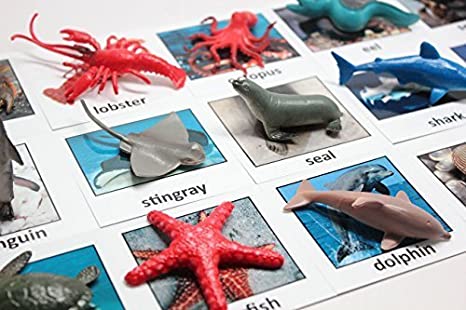Map in Kotlin
So we have seen the wonderful Set. Next, we are going to look at Map.
A Map connects keys to values and looks up a value when given a key.
In Kotlin, we can create Map by using mapof(). A plain Map is read-only.
val fruits = mapOf(
"A" to "Apple",
"B" to "Banana",
"C" to "Cherry"
)
val aFruit = fruits["A"] //Apple
If you want a mutable version of Map, then you can look at mutableMapOf().
val numbers = mutableMapOf(
1 to "one",
2 to "two"
)
numbers += 3 to "three"
Interesting Note
- Both
mapOf()andmutableMapOf()preserve the order in which the elements are put into theMap.Mapreturnsnullif it doesn’t contain an entry for a given key. If you need a result that can’t benull, usegetValue()and catchNoSuchElementException. Another alternative is to use default value -getOrDefault()just does that.
Conclusion
Map looks like a simple tiny database. They are also sometimes called associative arrays, because it associate key with value. Even thought Map are quite limited compared to database, they are nonetheless one of the great choices in programming data structure.
